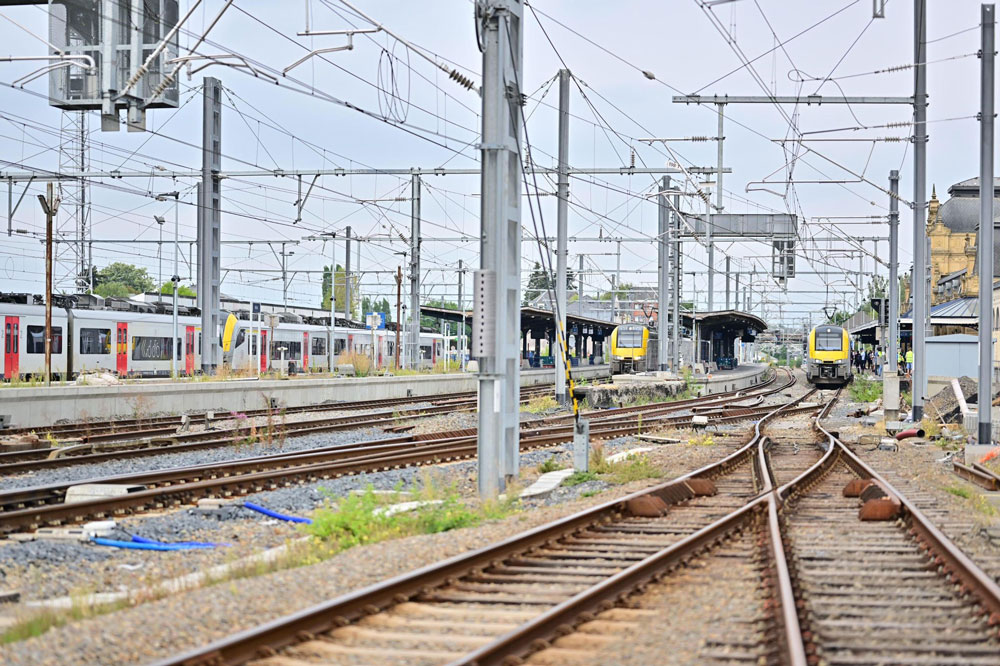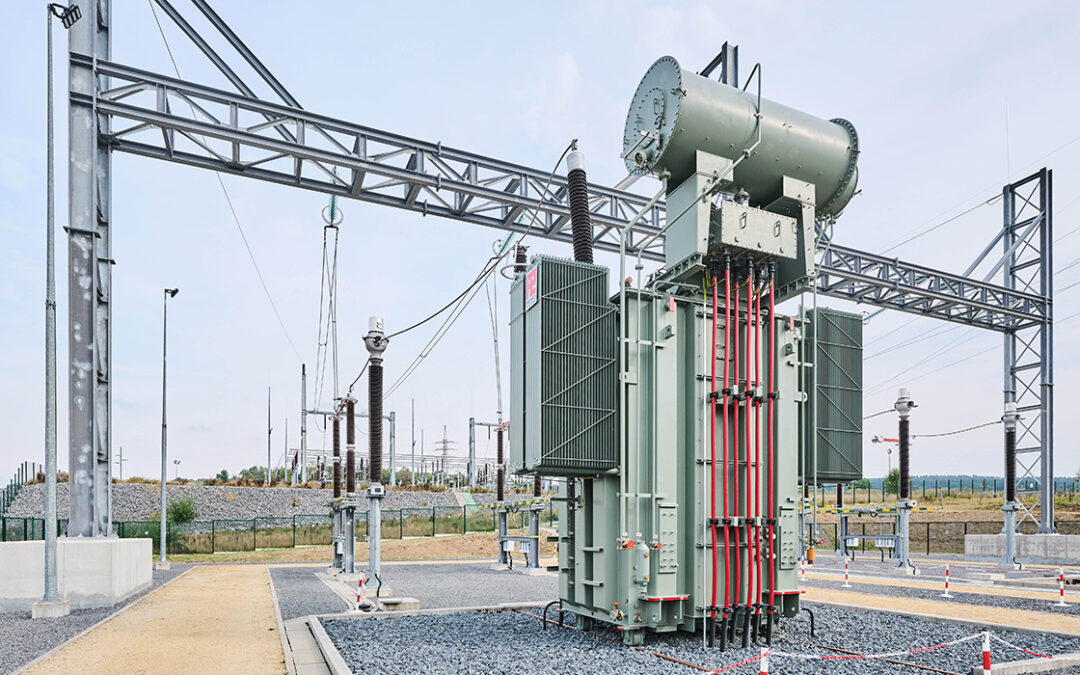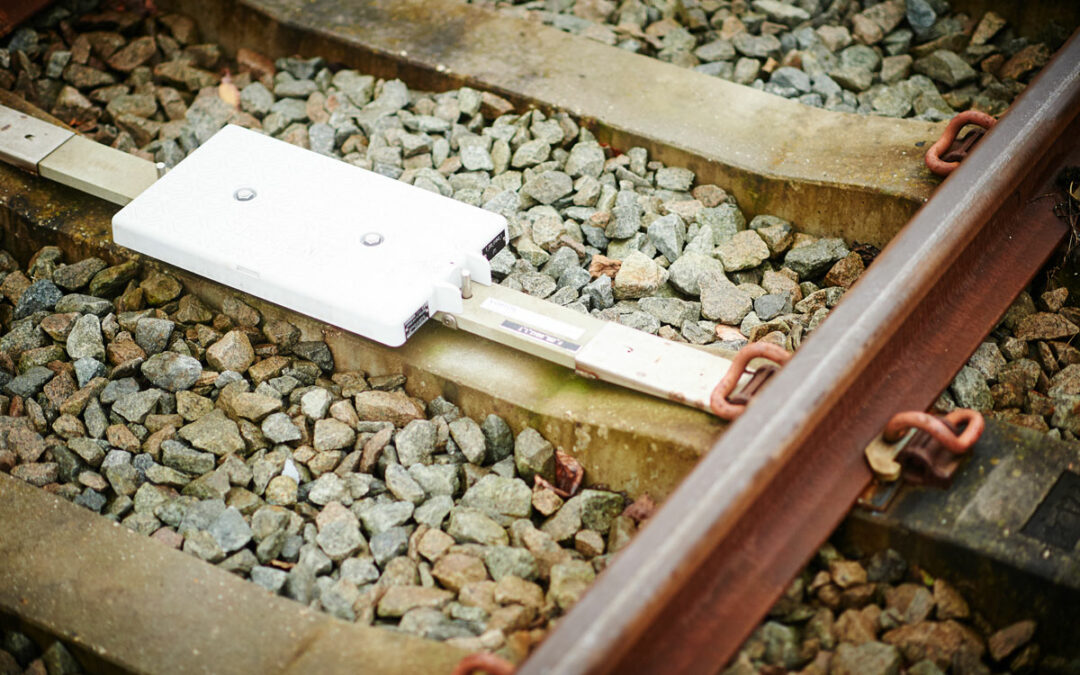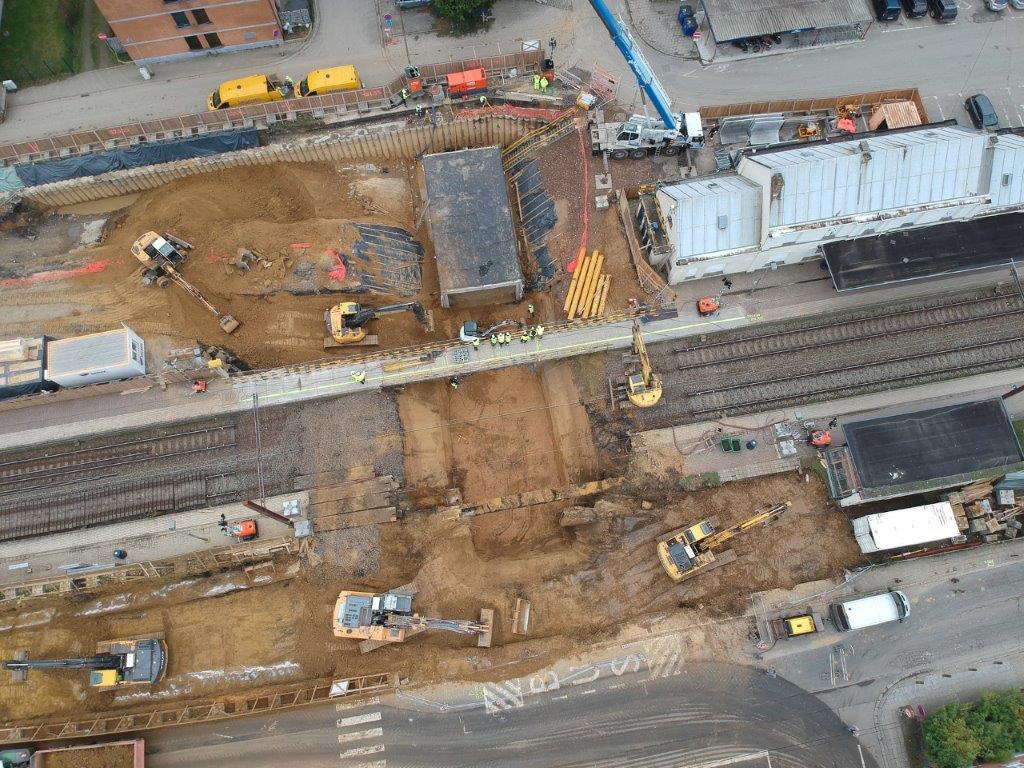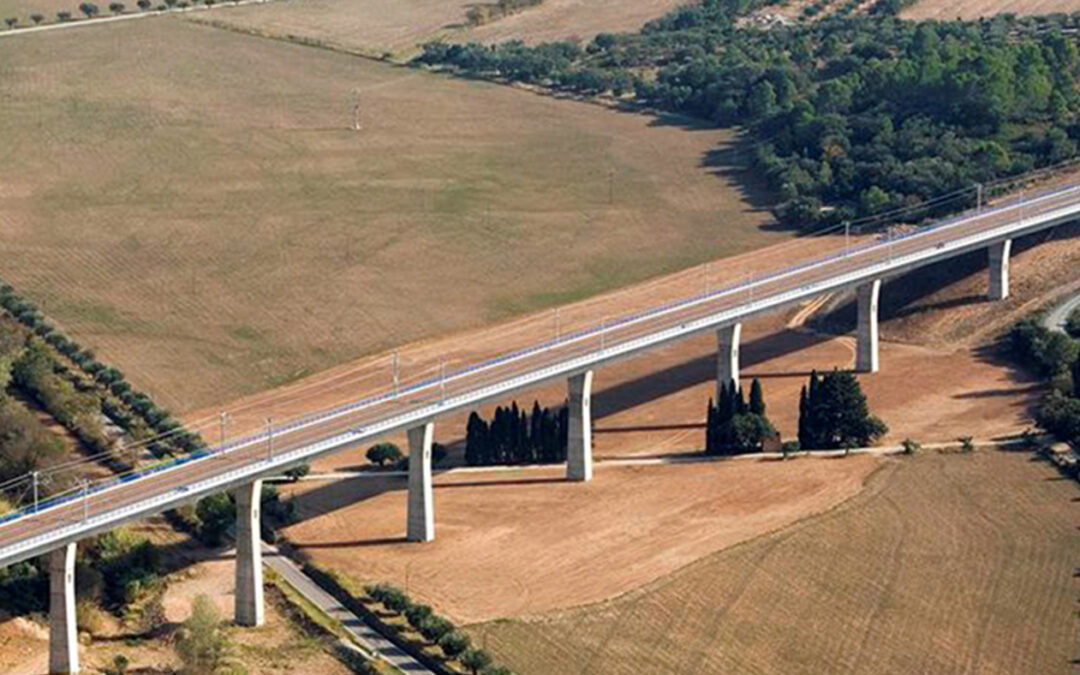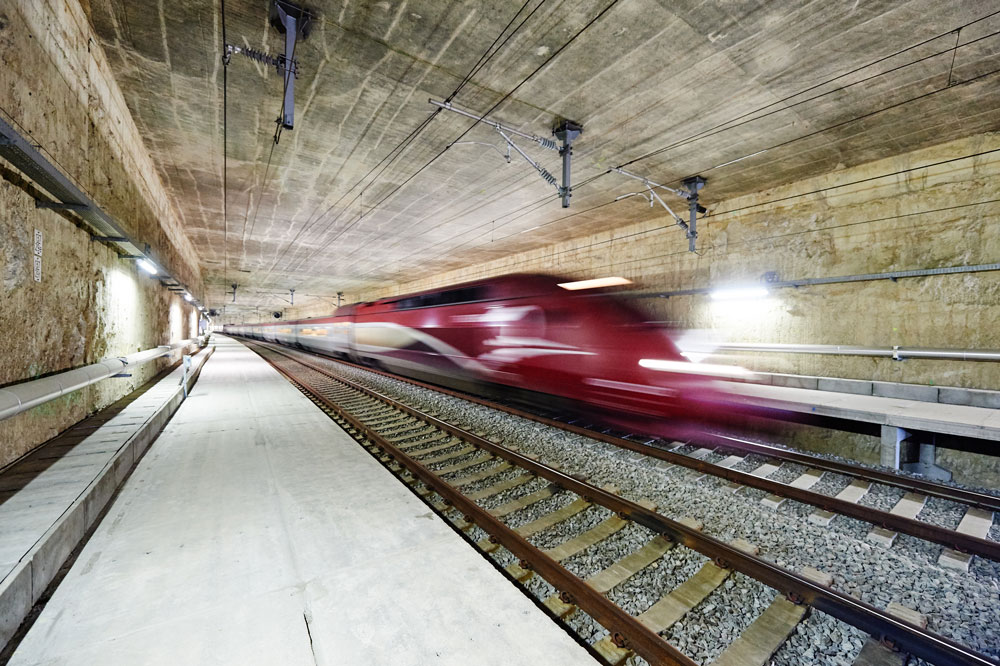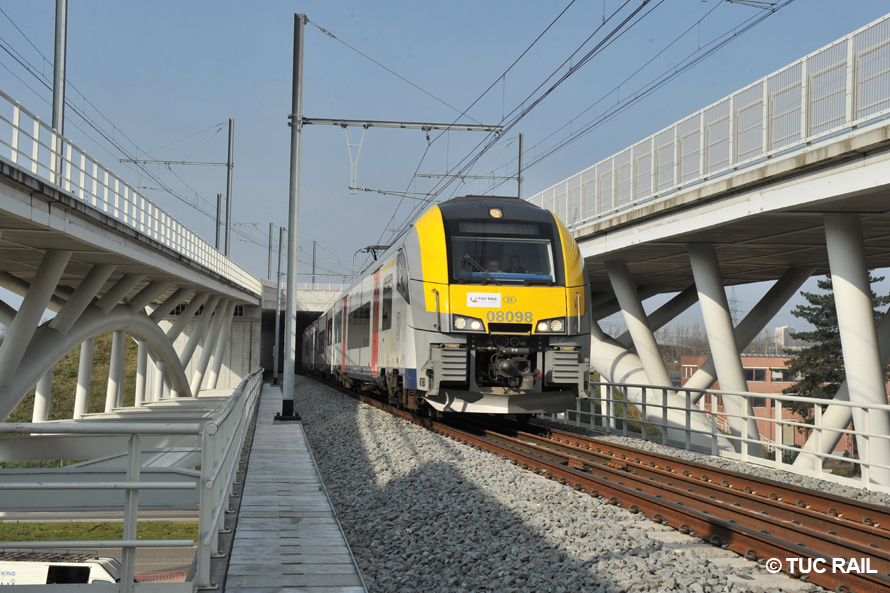Axis 3 upgrade project
(Brussels – Luxembourg)
Axis 3 links Brussels to the border with the Grand Duchy of Luxembourg. It consists of lignes 161 (Ottignies -Namur) and 162 (Namur-frontière) and has a total length of 175 km on Belgian territory. Its route is winding, with more than 150 curves. This explains the relatively low reference speed (130 km/h) and the presence of numerous low-speed traffic zones.
This major upgrade project will raise the reference speed to 160 km/h, improve the link between Brussels, Luxembourg and Strasbourg and thus reduce road traffic between Belgium and Luxembourg.
Our mission
TUC RAIL was entrusted with the project management and the complete supervision of the various upgrade works, and in particular:
- the modernisation and technical upgrades of the stations,
- the widening of the track pitch to 2,25m to enable a reference speed of 160 km/h,
- the replacement of engineering structures,
- the rehabilitation of the track bed, including stabilisation of rock walls and major excavations,
- the re-electrification of the axis and the introduction of power supply in 25kV instead of 3kV on line 162, the elimination of level crossings and the modernisation of signalling.
In particular, the re-electrification of line L162 is done by installing a new mixed R3 catenary system allowing line 162 to be operated at 25 kV AC. Since the operation of the existing line could not be interrupted, TUC RAIL developed a new type of migratable 3 kV DC / 25 kV AC catenary. This allows switching from 3 kV DC to 25 kV AC without having to make any changes to the catenary system (e.g. contact wire, insulators…). This R1 TSI catenary has now been certified and can be installed on other national and international lines.

